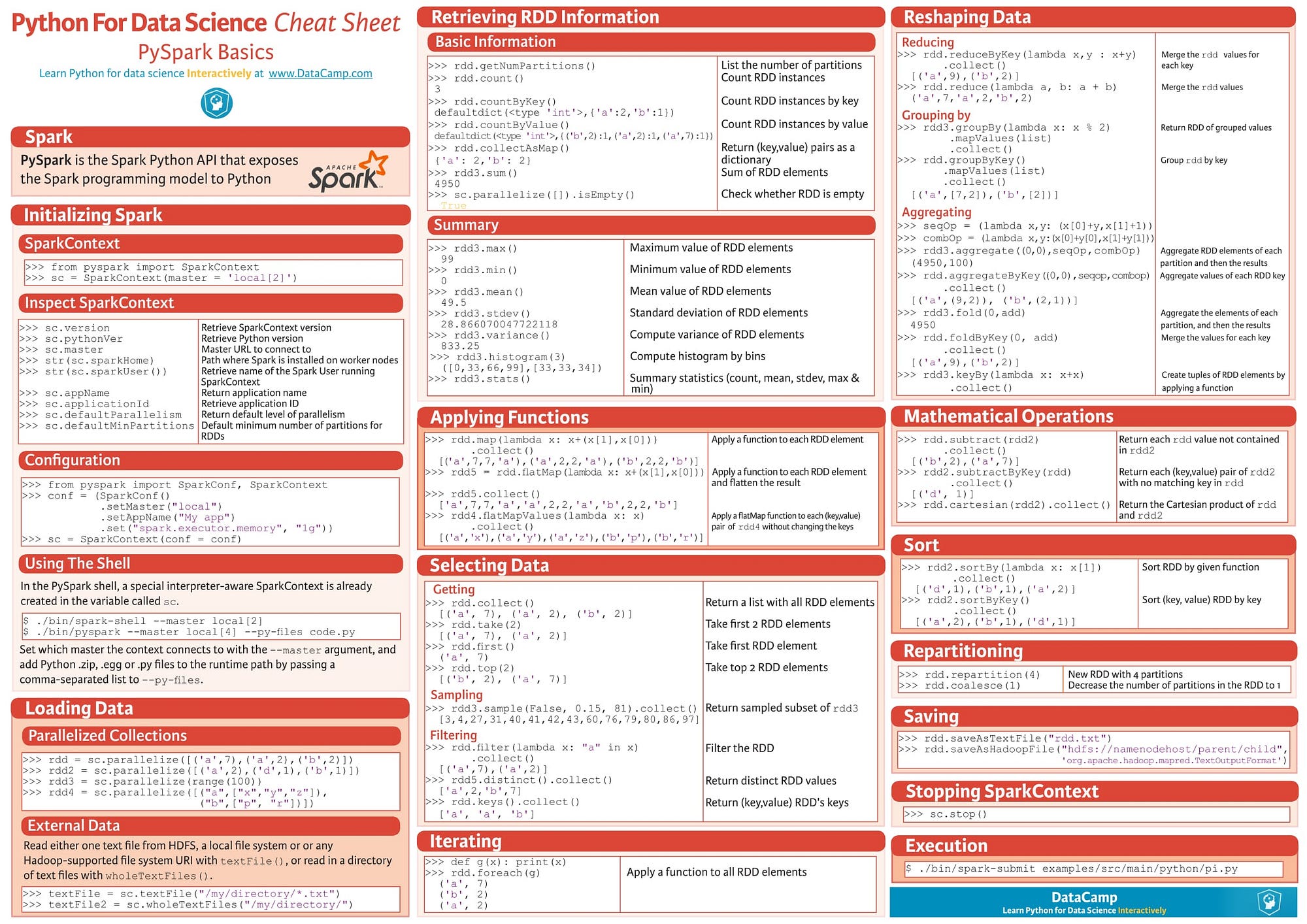- Jupyter Notebook Tutorial
- Jupyter Notebook Python Tutorial
- Jupiter Notebook Markup Cheat Sheet Download
Learning Objectives
After completing this page, you will be able to:
- Create new Code and
Markdowncells withinJupyter Notebook. - Run Code and
Markdowncells withinJupyter Notebookto executePythoncode and renderMarkdowntext. - List useful shortcuts for common tasks in
Jupyter Notebook.
Work With Python Code and Markdown Cells in Jupyter Notebook
- Colaboratory is a free Jupyter notebook environment that requires no setup and runs entirely in the cloud. Both of them support. Markdown which is a markup language that is a superset of HTML. Latex to render mathematical and scientific writing. It’s a very simple language that allows you to write HTML in a shortened way.
- Here’s how to format Markdown cells in Jupyter notebooks in the IBM Data Science Experience. Headings: Use #s followed by a blank space for notebook titles and section headings: # title ## major headings ### subheadings #### 4th level subheadings.
JUPYTER NOTEBOOK CHEAT SHEET Learn PYTHON from experts at Keyboard Shortcuts Jupyter Notebook is an open-source web application that allows you to create and share documents that contain live code, equations, visualizations and narrative text. It is used for data cleaning and transformation, numerical simulation, statistical.
Recall that a Jupyter Notebook file consists of a set of cells that can store text or code.
- Text Cells: Text cells allow you to write and render
Markdownsyntax. This is where you can describe and document your workflow. - Code Cells: Code cells allow you to write and run programming code (e.g.
Python).
Create New Cells
You can use either the Menu tools or Keyboard Shortcuts to create new cells.

| Function | Keyboard Shortcut | Menu Tools |
|---|---|---|
| Create new cell | Esc + a (above), Esc + b (below) | Insert→ Insert Cell Above OR Insert → Insert Cell Below |
| Copy Cell | c | Copy Key |
| Paste Cell | v | Paste Key |
While the default cell type for new cells is Code, you can change the cell type of any existing cell by clicking in the cell and selecting a new cell type (e.g. Markdown) in the cell type menu in the toolbar.
Cell type options include Code, Markdown, Raw NBConvert (for text to remain unmodified by nbconvert), and Heading.
Jupyter Notebook Tutorial
To use the Keyboard Shortcuts, hit the esc key. After that, you can change a cell to Markdown by hitting the m key, or you can change a cell to Code by hitting the y key.
Run Cells
Python Code Cells
You can run any cell in Jupyter Notebook (regardless of whether it contains Code or Markdown) using the Menu tools or Keyboard Shortcuts.
| Function | Keyboard Shortcut | Menu Tools |
|---|---|---|
| Run Cell | Ctrl + enter | Cell → Run Cell |
For example, you can add a new Code cell and then run the following Python code (e.g. 3 + 4). Your result, or output, will be displayed below the Code cell that you run.
Markdown Cells
You can run Markdown cells in the same way that you can run code cells. However, when you run a Markdown cell, the text formatted using Markdown syntax will be rendered as stylized text.

This means that headings are larger and bold, bulleted lists have bullets next to them instead of *, and regular text looks normal. No outputs will appear below the Markdown cell.
For example, the Markdown syntax below represents 3 headers. You can double-click in any Markdown cell to see the raw Markdown syntax, which for the cell below would appear like this raw Markdown syntax:
To see the Markdown as stylized text, run the cell. It should look like the text printed below:
This is a subtitle in Markdown
This is a smaller subtitle
This is an even smaller subtitle
Rearrange Cells in a Jupyter Notebook
You can change the order of cells within Jupyter Notebook using the up arrow and down arrow buttons on the menu bar. To do this, click inside the cell that you want to move and then press the desired arrow as many times as you need to move the Cell to the desired location.
Clear Results in Jupyter Notebook
Sometimes, you may want to clear any output results that have been produced. You can do this using the Menu:
| Menu Tools |
|---|
| Cell -> Current Outputs -> Clear |
Pokkiri raja tamil songs download. This will clear the current cell that you are working in, which you can activate by clicking in a cell.
You can also clear all of the output using the Menu Tools.
| Menu Tools |
|---|
| Cell -> All Output -> Clear |
In addition to writing your content in Markdown, Jupyter Book also supportswriting content in reStructuredText,another markup language that is common in the Python documentation community.
Warning
Writing content in reStructuredText is only recommended for users who are alreadyfamiliar with it.For others, we recommend using MyST Markdown,which has all of the same features of rST and Sphinx, but with a Markdown flavour.
Because Jupyter Book uses Sphinx under the hood, any document that is written in rSTfor the Sphinx ecosystem should also work with Jupyter Book. This is particularlyuseful if you’ve already got a significant amount of documentation written in rSTand you’d like to try it out with Jupyter Book.
For more information on writing content with reStructuredText, we recommendreading the Sphinx rST documentation.
Including reStructuredText in Markdown¶
To insert rST into Markdown, you can use the eval-rst directive:
Jupyter Notebook Python Tutorial
Note

A note written in reStructuredText.
Jupiter Notebook Markup Cheat Sheet Download
Hallo I’m from an rST file, myst-parser:with a reference about using autodoc.
